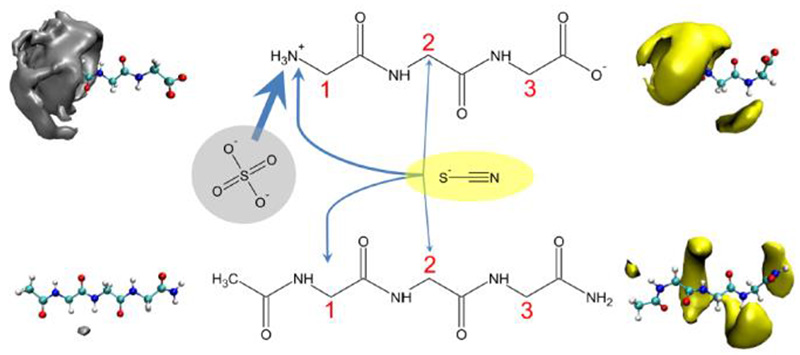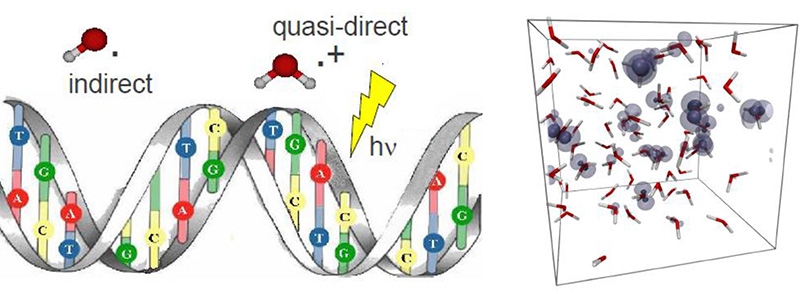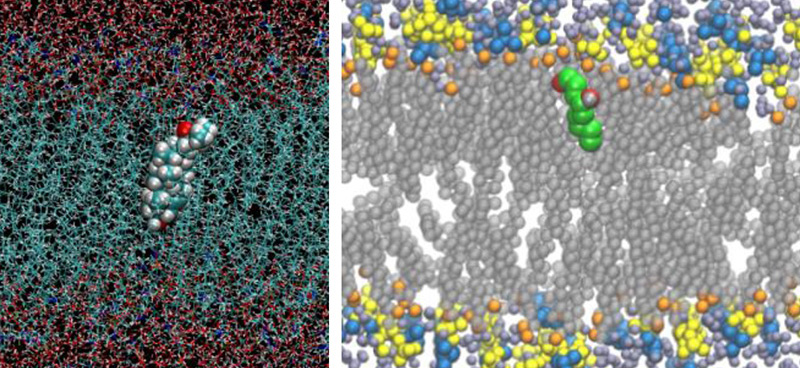Research
We aim at gaining molecular level understanding of biological processes involving ions using computer simulations in close contact with spectroscopic experiments. Using molecular dynamics simulations and quantum chemical methods we are attempting to establish the mechanisms of ion-protein interactions responsible for the salting out (Hofmeister) series and beyond. Applications of our research range from influencing protein aggregation, precipitation, or denaturation and controlling enzymatic activity to establishing properties of phospholipid bilayers in the presence of ions. One of the key aims within the latter subject is to establish molecular principles governing the action of calcium ions involved in membrane fusion and cationic cell penetrating peptides (important, e.g., for novel ways of drug delivery to cells). Our related research activities concern electron solvation pertinent to radiation chemistry and DNA damage. And in our free time we entertain ourselves by "balcony experiments" involving, for example, explosions of alkali metals in water, which also allows us to connect to general public and popularize science.
- How? Empirical force field & ab initio molecular dynamics & spectroscopic techniques.
- Motto: Train hard – fight easy (Suvorov)
- Check accuracy with ab initio on relevant models, then do the real thing (protein, membrane, DNA, …) approximately, but right.

|
Ions and proteins in physiological contexts
|

|
Solvated Electrons and Radiative DNA damage
|

|
Proceses related to cellular membranes
|
